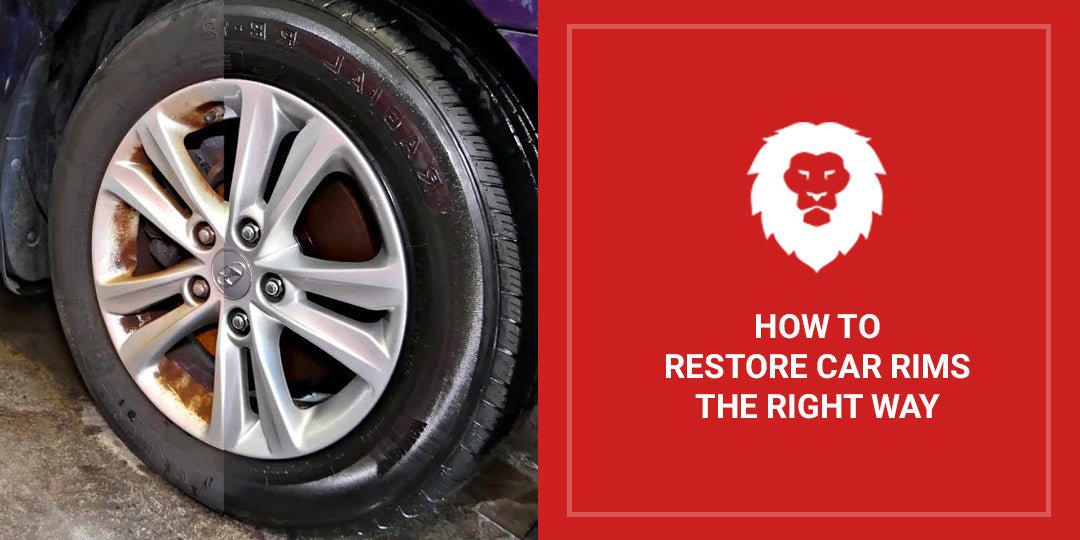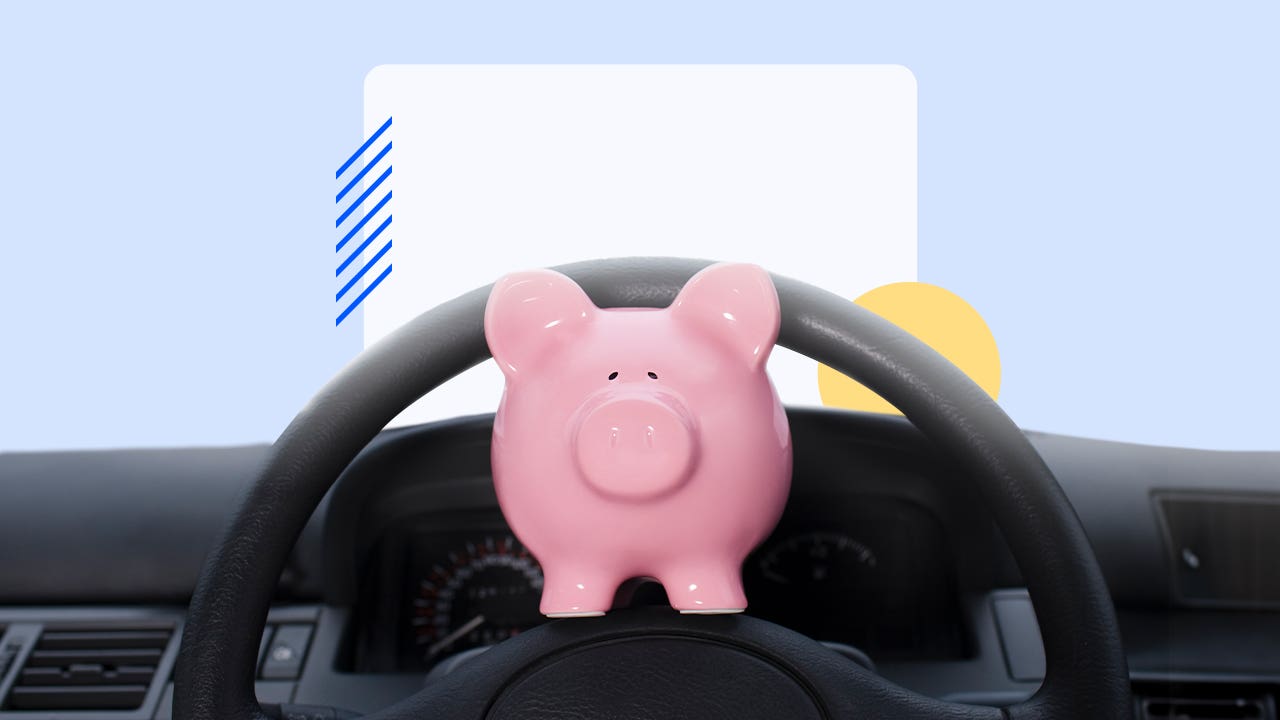Identifying wheel imbalance involves checking for vibrations and uneven tread wear on the tires. Begin by inspecting tire tread and moving balance weights if needed.
Once done, test drive the vehicle to confirm the issue. Wheel imbalance can lead to uncomfortable driving experiences and potential safety hazards. By understanding how to identify and address this issue, you can ensure a smoother and safer ride for yourself and others on the road.
In this guide, we will walk you through the step-by-step process of identifying wheel imbalance on your vehicle. Let’s dive into the details to help you pinpoint and resolve any imbalance issues efficiently.

Credit: www.redlabelabrasives.com
Signs Of Wheel Imbalance
Identifying wheel imbalance is crucial to maintaining a smooth and safe ride. If left unchecked, it can lead to various issues, including reduced fuel efficiency, increased tire wear, and even compromised handling. In this step-by-step guide, we will examine two key signs of wheel imbalance: vibrations and shaking, as well as uneven tire wear. By being aware of these indicators, you can tackle any balance issues promptly, ensuring a more comfortable and stable driving experience.
Vibrations And Shaking
One telltale sign of wheel imbalance is vibrations or shaking in your vehicle. When your wheels are not evenly balanced, it can result in an unpleasant, jarring sensation felt through the steering wheel, floorboard, and even the seat. These vibrations can intensify as your speed increases, making for an uncomfortable ride.
If you notice any vibrations or shaking, it is essential to address the issue promptly. Ignoring this symptom can lead to further damage to the suspension and steering components of your vehicle, impacting its overall performance and safety.
Uneven Tire Wear
Another common sign of wheel imbalance is uneven tire wear. When your wheels are not balanced correctly, the excessive weight on certain areas of the tire leads to uneven wear patterns. This can appear as bald spots, cupping, or scalloping on the tire surface. It’s important to note that uneven tire wear may not be immediately noticeable, but a visual inspection and regular maintenance can help identify and address this issue.
Uneven tire wear not only compromises the longevity and performance of your tires but also creates an unsafe driving condition. Tires with uneven wear may affect traction and handling, potentially increasing the risk of accidents, especially in adverse weather conditions.
In conclusion, being attentive to signs of wheel imbalance such as vibrations and shaking, as well as uneven tire wear, is essential for maintaining a safe and enjoyable driving experience. By addressing these issues promptly, you can prevent further damage to your vehicle and ensure optimal performance. Remember, regular tire inspections and professional wheel balancing are key to keeping your wheels in top shape and prolonging the lifespan of your tires.
Credit: www.amazon.com
Causes Of Wheel Imbalance
Identifying the causes of wheel imbalance is crucial for maintaining a smooth driving experience.
Weight Distribution Issues
Incorrect weight distribution on your wheels can lead to imbalance, causing vibrations while driving.
Tire Damage
Tire damage such as bulges, cuts, or uneven wear can result in wheel imbalance and affect vehicle handling.
Step 1: Visual Inspection
Check For Uneven Tire Wear
Look for unusual tread patterns or excessive wear on the tires.
Inspect For Physical Damage
Check for visible signs of cuts, bulges, or other damage on the tires.

Credit: www.bankrate.com
Step 2: Dynamic Wheel Balancing
In step 2 of our guide to identifying wheel imbalance, we will dive into the process of dynamic wheel balancing. This is a crucial step that aims to optimize the balance of your wheels, ensuring a smoother and safer driving experience. By following the steps outlined below, you can understand the process of dynamic wheel balancing and ensure your wheels are balanced correctly.
Using A Balancing Machine
A balancing machine is a device specifically designed for dynamic wheel balancing. It determines the amount and location of weight needed to balance a wheel effectively. Here are the steps involved in using a balancing machine:
- First, place the wheel onto the balancing machine’s spindle, making sure it is secured properly.
- Activate the machine, and it will start spinning the wheel at a high speed.
- As the wheel spins, sensors on the machine will detect any imbalances present.
- The machine will display the amount and position of the imbalance on its screen.
- Mark the location indicated by the machine as the heavy spot on the wheel.
Adding Counterweights
Once you have identified the heavy spot on the wheel, the next step is to add counterweights to balance it. This involves the following:
- Apply an adhesive tape to the back of the counterweight.
- Position the weight in the designated location indicated by the balancing machine.
- Press the weight firmly onto the wheel surface to ensure it adheres properly.
- Repeat the process if multiple counterweights are required to achieve balance.
- Once all the necessary counterweights have been applied, re-check the balance using the machine to ensure an accurate outcome.
That’s it! Following these steps will allow you to effectively perform dynamic wheel balancing using a balancing machine. It is essential to ensure your wheels are properly balanced to prevent premature wear, vibration, and potential safety hazards while on the road.
Step 3: Test Drive And Final Checks
After addressing any wheel imbalance issues, it’s crucial to perform a test drive and apply final checks to ensure a smooth and safe ride. This step involves identifying any remaining vibrations and verifying the effectiveness of the adjustments made.
Assessing Vibration Reduction
During the test drive, pay close attention to any remaining vibrations that were not present before. Even subtle vibrations can indicate that the wheel balance is still off. Additionally, consider driving on different road surfaces to gauge the effectiveness of the adjustments made.
Verifying Smooth Handling
As you test drive the vehicle, focus on how it handles corners, acceleration, and braking. These aspects can offer insights into the overall smoothness of the ride and if any adjustments are still needed.
Frequently Asked Questions On Identifying Wheel Imbalance: A Step-by-step Guide
How Do You Check Wheel Imbalance?
To check wheel imbalance, use a wheel balancer to measure the weight distribution. Then, add weights to balance the wheel. Finally, spin the wheel to confirm the balance.
What Are The Steps To Balancing A Wheel?
To balance a wheel, follow these steps: 1. Place the wheel on a balancer. 2. Add weights to the lighter side until the wheel remains level. 3. Spin the wheel to check for any wobbling or vibration. 4. Adjust the weights as needed until the wheel spins smoothly.
5. Repeat the process for each wheel to ensure a balanced ride.
How Do I Know If My Tires Were Balanced Correctly?
You will know if your tires were balanced correctly if your vehicle drives smoothly without vibrations.
How Do You Measure Wheel Balance?
To measure wheel balance, use a balancer machine to check weight distribution, adjusting weights as needed.
Conclusion
Identifying wheel imbalance is crucial for maintaining a smooth and safe driving experience. By following the simple step-by-step guide provided in this blog post, you can easily detect and address any imbalance issues in your vehicle’s wheels. Remember to regularly check for signs such as vibration, uneven tire wear, and steering wheel wobble.
Taking prompt action and seeking professional help when needed will ensure optimal performance and longevity of your tires and overall vehicle. Drive safe!
